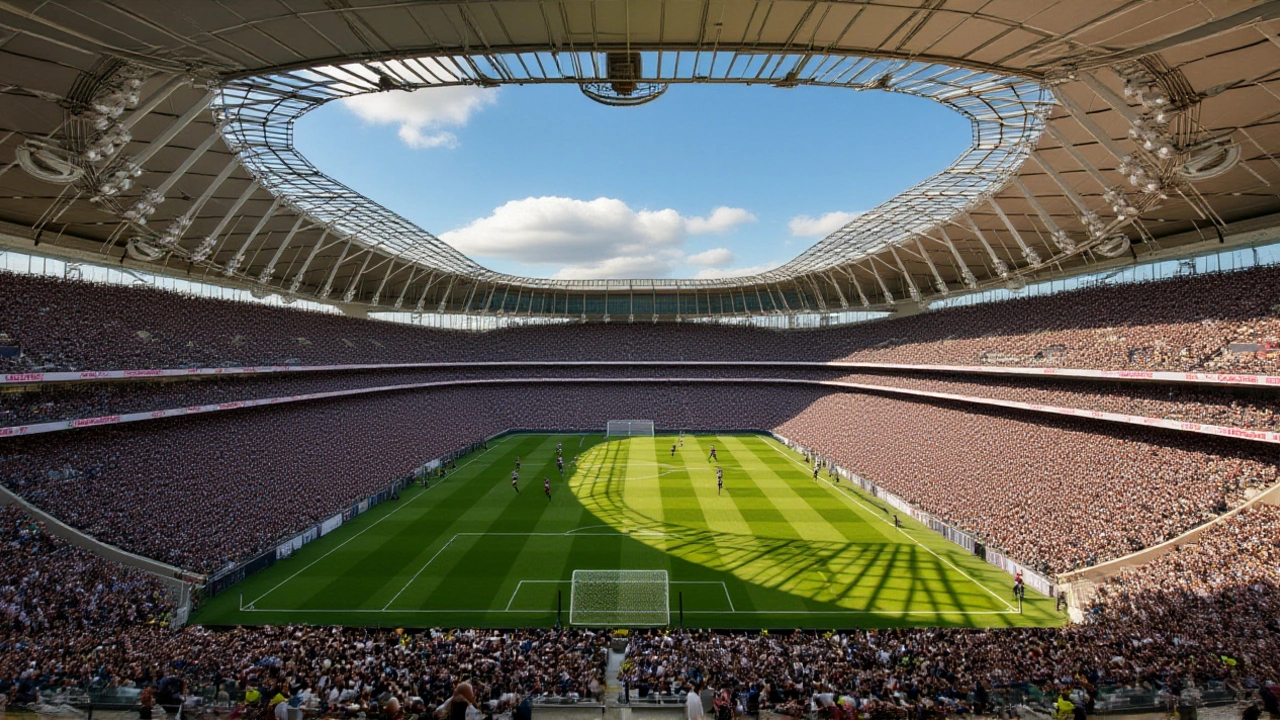Estadio Ramón Sánchez Pizjuán – All You Need to Know
When talking about iconic football venues, Estadio Ramón Sánchez Pizjuán, the historic stadium in Seville that serves as the home ground for Sevilla FC. Also known as Ramón Sánchez Pizjuán Stadium, it hosts major La Liga matches and has staged European cup finals. Nearby, Sevilla FC, a club that competes in Spain's top flight, La Liga relies on the venue for its identity. La Liga, Spain's premier football league showcases clubs that play in storied arenas like this one, creating a link between league competition and stadium heritage.
Stadium highlights and architectural facts
The stadium broke ground in 1948 and opened in 1958, replacing an older ground that the club used for decades. Its concrete bowl design gives fans a clear view of the pitch, and the capacity sits at roughly 43,000 seats – enough to generate a deafening roar during big matches. The roof over the main stand was added in the early 2000s, improving weather protection while preserving the venue's classic look. Inside, the locker rooms have been upgraded to meet UEFA standards, allowing the stadium to host Champions League quarter‑finals and Europa League finals without compromise. The pitch itself measures the standard 105 × 68 meters, and the grass is a mix chosen for durability in Seville's hot climate.
Because of its size and facilities, the venue enables high‑profile fixtures. For example, the 1986 World Cup qualifiers and the 1999 UEFA Cup final were both held here, proving that the stadium can handle international pressure. The connection between the stadium and European football is clear: clubs like Sevilla FC use it as a launchpad for continental campaigns, and the venue often gets selected for neutral‑venue finals thanks to its modern amenities and passionate fan base. This relationship also influences the city’s economy – match days fill local restaurants, hotels, and transport services with visitors.
Fans love the unique atmosphere created by the “Furia Roja” chants that echo through the stands. The “Camino de los Gitanos” section, located behind one goal, is famous for its rhythmic drums and fireworks during derby matches against Real Betis. The stadium’s location in the historic Montelogro district means supporters can walk from the city center to the gate in under ten minutes, linking urban culture with sporting excitement. Moreover, the venue requires careful crowd management, which the club has fine‑tuned over years, ensuring safety while keeping the energy high.
Looking ahead, the stadium is slated for minor renovations aimed at improving accessibility for disabled fans and installing more energy‑efficient lighting. These upgrades will keep the venue competitive with newer arenas while preserving its historic charm. Whether you’re a local supporter, a tourist chasing a La Liga match, or a neutral fan watching a European night, the Estadio Ramón Sánchez Pizjuán offers a blend of tradition, modern comfort, and fierce competition. Below you’ll find a curated list of recent news pieces that touch on football, stadiums, and the broader sports landscape – all the stories that give extra context to why places like this matter today.
Barcelona Beats Sevilla 2‑1 in La Liga Clash – How to Stream the Oct 5 Match
Barcelona beat Sevilla 2‑1 in a La Liga showdown on Oct 5, 2025. Find live‑stream options worldwide and key match insights.

